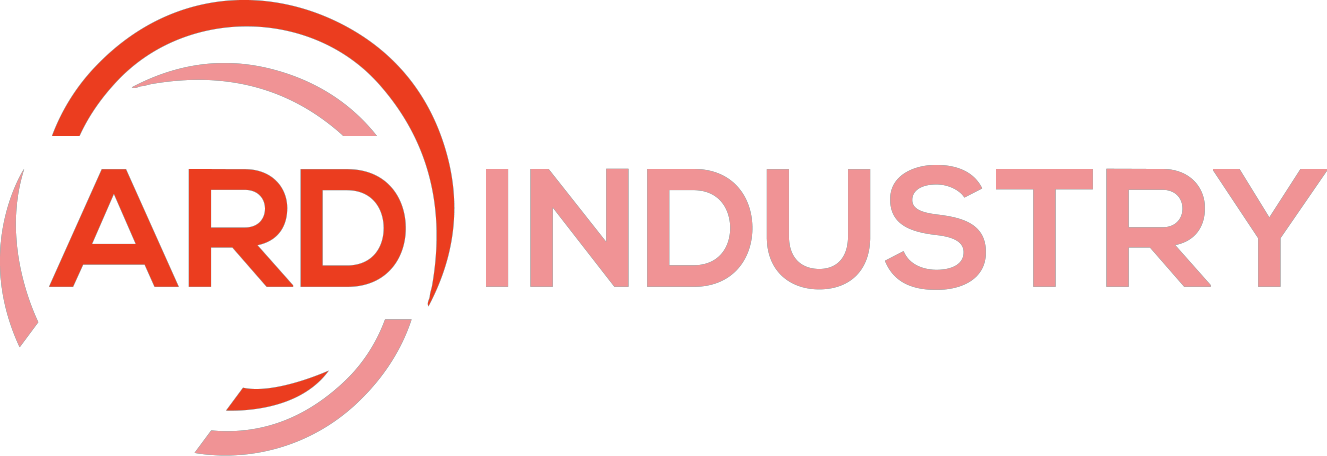Have you ever wondered how businesses seem to know exactly what their customers want? Or how companies can predict trends, make accurate forecasts, and develop products that meet customer demands? It’s not magic—it’s quantitative market research. But what exactly is it, and why should you care about it for your business?
In today’s fast-paced market, understanding customer preferences, predicting trends, and making informed decisions is critical to staying competitive. Quantitative market research allows you to gather data that isn’t just insightful but also measurable, offering real, tangible insights into consumer behavior. Whether you’re launching a new product, assessing market trends, or planning your next marketing campaign, understanding the power of quantitative data can make all the difference.
Let’s dive deeper into the world of quantitative market research and explore how it can benefit your business.
What is Quantitative Market Research?
Quantitative market research is a method of gathering and analyzing data that can be quantified. In simpler terms, it involves collecting numerical data through surveys, polls, or experiments, and then analyzing this data to identify patterns, trends, and relationships. The goal is to make informed decisions based on hard numbers, rather than assumptions or gut feelings.
Unlike qualitative research, which focuses on the “why” and “how” of consumer behavior, quantitative research focuses on the “what,” “when,” and “how many.” It’s about measuring and quantifying consumer opinions, behaviors, and preferences. For instance, it might involve asking questions like, “How often do you purchase this product?” or “What is your rating of our service out of 10?”
Why is Quantitative Research Important for Your Business?
Quantitative research provides invaluable data that can guide strategic business decisions. Here are some key reasons why it’s important:
1. Accurate Decision-Making
By gathering numerical data, quantitative research provides insights that are objective, reliable, and statistically significant. These insights are based on a larger sample size, which helps to minimize biases and errors in your conclusions. For example, if you’re considering a product launch, quantitative research can help you determine whether there’s sufficient market demand before you invest heavily in production.
2. Identifying Consumer Trends
So, what are consumers buying? What are their preferences? What factors influence their purchasing decisions? Quantitative market research allows you to collect data that can highlight these trends. For instance, you might find that a certain demographic group prefers one brand over another, or that interest in a particular product category is rising steadily. With this data, you can make proactive adjustments to your business strategy to align with consumer demand.
3. Segmentation and Targeting – Quantitative Market Research
Quantitative research helps you identify specific market segments based on demographics, psychographics, and buying behaviors. By analyzing large sets of numerical data, you can break down your customer base into groups that share similar characteristics. This makes it easier to tailor your marketing strategies and product offerings to meet the specific needs of each segment.
4. Evaluating Performance
Quantitative research is a great way to measure the effectiveness of your marketing campaigns, products, and services. With tools like surveys and feedback forms, you can ask customers to rate their satisfaction with a product or service on a numerical scale, providing concrete data to evaluate your performance. For example, if you’re running a promotional campaign, quantitative research can show whether it led to increased sales or improved customer satisfaction.
5. Predicting Future Trends
With quantitative data, you can forecast future market trends more accurately. By analyzing historical data, you can identify patterns and use them to predict future consumer behavior. This can help you stay ahead of the competition and make data-driven decisions about product development, marketing strategies, and more.

Methods of Conducting Quantitative Market Research
There are several methods you can use to conduct quantitative market research, each of which has its unique benefits. Here are some of the most common methods:
1. Surveys and Questionnaires
One of the most popular methods of quantitative research is surveys. Surveys typically involve asking participants a series of closed-ended questions, such as multiple-choice or Likert scale questions. These questions are designed to gather numerical data, such as preferences, frequency of behavior, and satisfaction levels. Surveys can be conducted online, in person, or via phone.
2. Experiments
In experimental research, you manipulate one or more variables to observe the effects on consumer behavior. For example, you might test different pricing strategies on a group of consumers to see how changes in price affect demand. Experiments allow you to establish cause-and-effect relationships and collect data that is highly reliable.
3. Observational Studies – Quantitative Market Research
Observational research involves watching consumer behavior in a natural setting without any interference. For example, you might observe how customers interact with products in a store or how they navigate a website. This method provides valuable insights into actual behavior, which can be analyzed quantitatively.
4. Tracking and Analytics
Digital tools like website analytics or social media insights provide a wealth of quantitative data. Metrics such as website visits, click-through rates, bounce rates, and conversion rates can help you understand how customers are interacting with your brand online. This data can inform decisions about website design, product offerings, and marketing strategies.
Best Practices for Quantitative Market Research
To get the most accurate and actionable results from your quantitative market research, consider the following best practices:
1. Define Your Research Objectives
Before you begin collecting data, it’s crucial to define what you hope to learn from the research. Are you looking to understand customer satisfaction, identify market trends, or test a new product concept? Clear objectives will help you design the right research methods and ensure you collect the most relevant data.
2. Use a Representative Sample – Quantitative Market Research
To ensure your research is valid, you need to use a sample that accurately represents your target market. A small, biased sample can lead to inaccurate conclusions that don’t apply to your entire customer base. Use random sampling or stratified sampling techniques to ensure that your sample reflects the diversity of your audience.
3. Ask the Right Questions
The questions you ask in your survey or questionnaire can significantly impact the quality of the data you collect. Be sure to ask clear, concise, and unbiased questions. Avoid leading questions that may influence respondents’ answers. Additionally, make sure your questions are aligned with your research objectives.
4. Analyze the Data Properly
Once you’ve collected your data, it’s important to analyze it correctly. Use statistical analysis tools like SPSS or Excel to identify trends, correlations, and significant differences. Visualize the data with charts and graphs to make the findings easier to understand and communicate.
5. Test and Validate Findings
After analyzing the data, consider testing your findings with a smaller group of consumers or running an experiment to validate your results. This will help you confirm the accuracy of your conclusions before making any major business decisions.

Common Challenges in Quantitative Market Research
While quantitative market research offers many benefits, it’s not without its challenges. Here are some common hurdles businesses face when conducting this type of research:
1. Sampling Issues
Getting a truly representative sample can be difficult, especially if you’re conducting research with a limited budget or timeframe. A small or biased sample can lead to inaccurate results that don’t apply to the larger population.
2. Data Interpretation
Interpreting quantitative data can be tricky, especially if you’re not familiar with statistical analysis. Without the proper expertise, it’s easy to draw incorrect conclusions or overlook important trends.
3. Respondent Bias
In surveys and questionnaires, respondents may not always provide honest or accurate answers. This can lead to skewed data. To reduce bias, ensure that your survey is anonymous and that respondents feel comfortable providing their true opinions.
4. Cost and Time Constraints
Conducting large-scale quantitative research can be costly and time-consuming, particularly if you need to gather data from a large sample size. However, the insights gained from this research can be well worth the investment.
Conclusion: Unlocking the Power of Data-Driven Decisions of Quantitative Market Research
Quantitative market research is a powerful tool that can provide you with the data you need to make informed decisions and stay ahead of the competition. Whether you’re analyzing customer satisfaction, predicting trends, or testing new products, quantitative data allows you to base your decisions on solid evidence rather than guesswork.
By leveraging the power of quantitative research, you can improve your marketing strategies, enhance customer experiences, and drive business growth. If you haven’t already, it might be time to consider incorporating quantitative research into your decision-making process. The numbers don’t lie—and they can help you unlock your business’s full potential.








